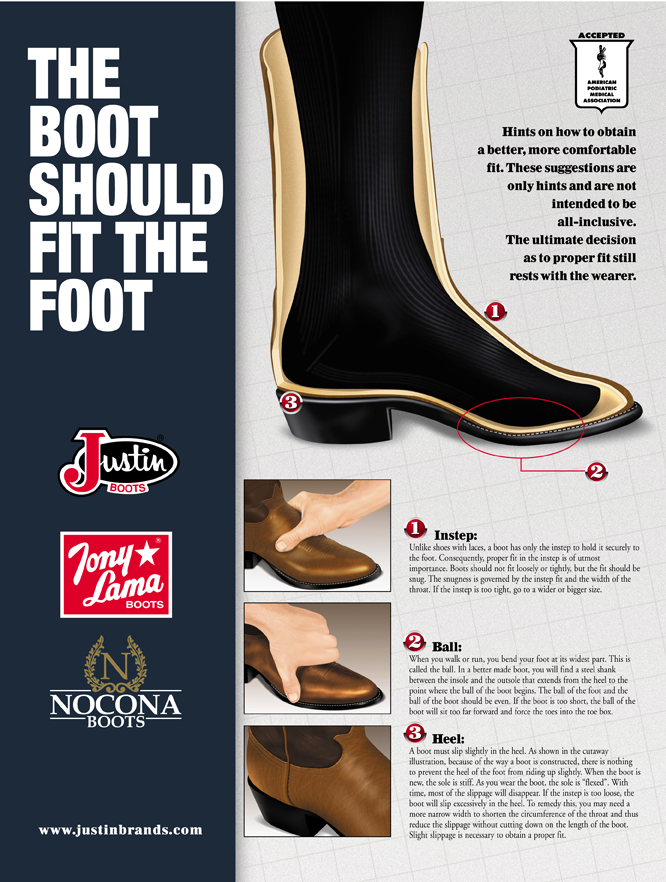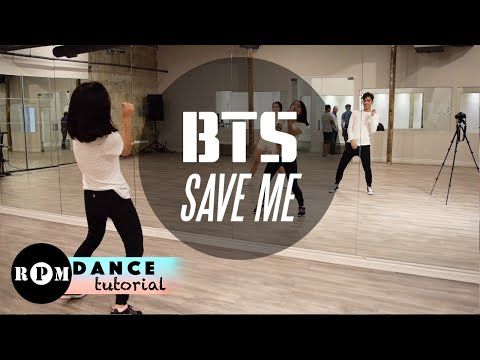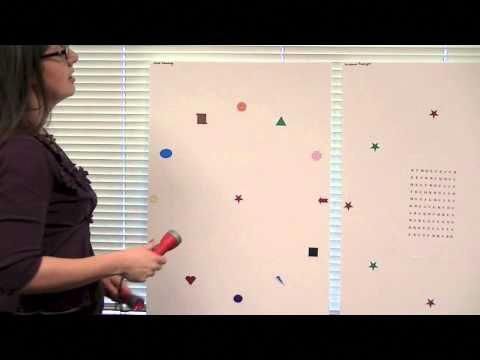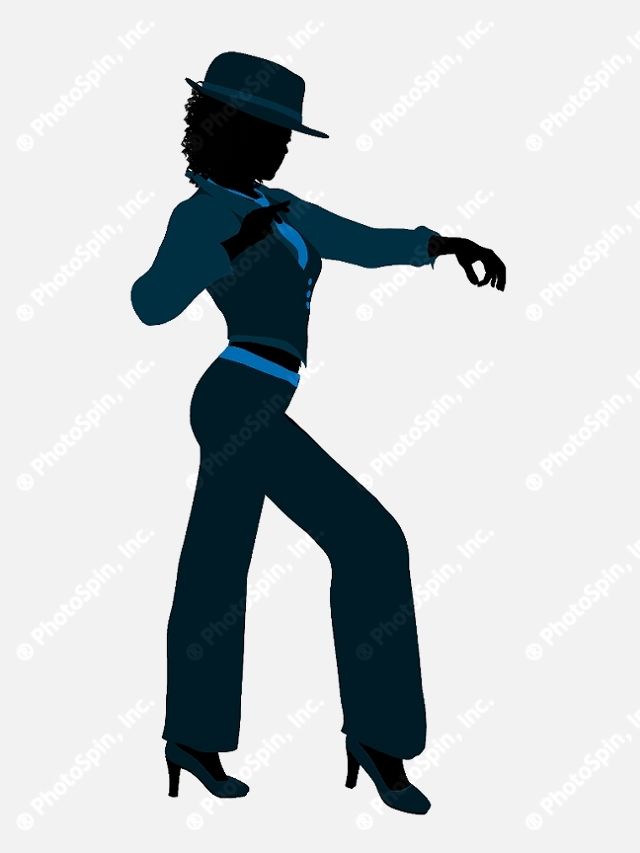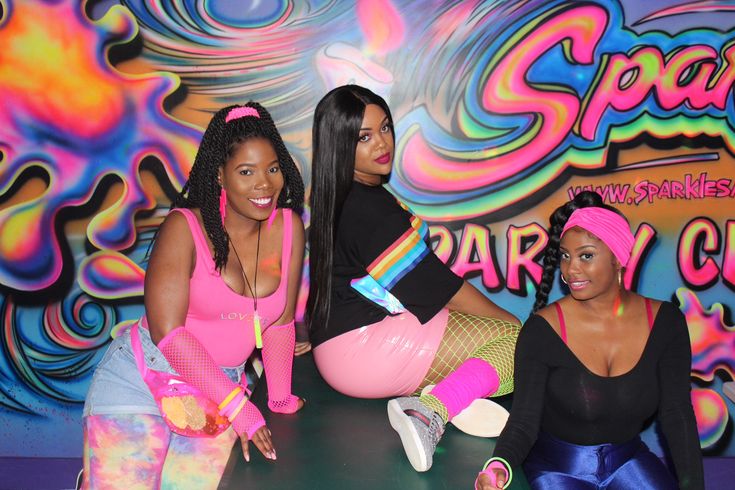How to dance merengue for guys
How to Dance Merengue: A Beginner Dance Guide
Do you want to learn how to dance Merengue?
Merengue by JavierThe Merengue is a sensual Latin dance with a history dating back to the African slaves of the nineteenth century.
It is fair to say that Merengue doesn’t have as much as a following of other Latin dances for a very outdated reason.
Even though it is now considered a popular social dance in the Caribbean, for a long time it had a stigma attached to it.
The African-inspired drumbeat of the Merengue music meant it was viewed as improper.
Table of Contents
1
How to Dance Merengue
With risqué lyrics, Merengue only became popular due to the west becoming more secular with its ideals.
It became the official dance of the Dominican Republic, but why did it beat Bachata to become the official dance?
History of Merengue
Of the two popular stories as to how Merengue began, the most popular is rooted in the history of slavery.
Allegedly, the dance originated with the leg dragging due to slaves being in chains as they cut sugar to the beat of drums.
Merengue exhibit by timsackton (CC BY-SA)Another story about the origins of the dance is that a great hero of a Dominican Republic revolution had been wounded in the leg.
During celebrations, his dancing involved a dragging leg, which other citizens decided to imitate out of sympathy.
Merengue is in fact named after the sweet dessert food due to the light and frothy character of the dance and its short and precise rhythms.
In Haiti, it’s also known as Mereng, where it’s also considered a staple in its culture and history.
Many Dominicans never cite the aforementioned stories as the origin of Merengue but from a program shown on TV known as “SANTO DOMINGO INVITA”.
It’s most likely true that many Dominicans were exposed to the dance through this well-known TV show, but the origins date back further than many Dominicans realize.
Merengue is basically a combination of two dances; an African tribal dance and the French Minuet, from the late 1700’s – early 1800’s.
The African slaves were influenced by the aristocratic dances they were exposed to whilst working on plantations and imitated some of the moves performed by their masters.
They provided their own knowledge of dancing and performed what could be viewed as a more enjoyable and fun translation of high society dancing. Learn from this book to get the full story!
How to Dance The Merengue
The original Merengue was not danced by individual couples but was a circle dance, each man and woman faced each other and holding hands – at arm’s length.
Africans in Dominican RepublicThey did not hold each other closely and the original movements of this dance were only the shaking of the shoulders and swift movement of the feet.
How to Dance The Merengue: Solo
March in place on every beat. If you’re following, start marching with your right foot.
If you’re leading, start marching with your left. For every count of the beat, march 1 step.
You don’t need to pick your feet up very high—about 2 to 3 inches (5.1 to 7.6 cm) is all you need to march in place.
Bend both knees slightly as you pick your feet up. To give yourself a little bounce, keep your knees bent as you make each movement.
Try not to lock your knees up, or you might look stiff. The merengue is all about fluid, even motion. Keeping your knees bent will also help you keep your steps going in one fluid motion.
Shift your weight to the foot you’re stepping down on. For each step that you take, naturally, let your hip fall down in time with your feet as you shift your weight.
Merengue danceroom by COD Newsroom (CC BY)You don’t need an excessive hip shaking or gyrating—just that natural hip movement that takes place when you shift weight. Your hips may move slightly up and down as you sway back and forth.
This motion will come naturally to you as you practice the movements more.
Listen to merengue music to feel the rhythm. Merengue music is all in 4/4 time, so it’s easy to apply to almost any song.
Fernando Villalona, Juan Luis Guerra, Eddy Herrera, and Toño Rosario are all artists with great merengue music you can listen to and practice with.
You can also find merengue mixes on YouTube with hours and hours of songs playing continuously.
How to Dance The Merengue: With Partner
Face your partner and stand about 3 inches (7.6 cm) apart. The merengue is a pretty intimate dance, so you’ll want to start out with someone you know pretty well.
Start by facing each other and then move in closer so there isn’t much distance between the two of you.
Put your hand on your partner’s shoulder blade. Lift both of your arms up to about shoulder-height.
If you’re the leader, put your right hand on your partner’s left shoulder blade, and if you’re the follower, put your left hand on your partner’s right shoulder blade.
Grab your partner’s freehand with your other hand. Now, put your free arm up in an L shape at about shoulder-height.
Grasp your partner’s free hand in yours for a secure hold.
Merengue College Dance by COD Newsroom (CC BY)If you’re the leading partner, you’ll raise your left hand. If you’re the follower, you’ll raise your right hand.
Travel across the floor in a circle. With this basic marching step, start moving back and forth, left and right.
If you’re the leading partner, rotate slowly in a 360-degree turn.
Take a full 8 beats to do the turn, and try not to rush your movements.
If you’re feeling groovy, take 16 counts to do the turn instead of 8.
Famous Merengue Songs
After you’ve mastered your Merengue steps, familiarize yourself with the world-famous Merengue songs?
See these world-famous Merengue songs below
- Abusadora – Oro Solido
- Esa Muchacha – Los Hermanos Rosario
- Bailar – Deorro ft.
 Elvis Crespo
Elvis Crespo - La Bilirrubina – Juan Luis Guerra
- You Burned Me – Chino and Nacho
- Es Mentiroso – Elga Tañón
You shouldn’t have any trouble impressing your friends and family with these Merengue rhythms.
How to Dance Merengue
The Merengue is one of the most popular Latin dances that most westerners aren’t aware of. It has links with the Bolero, as many Latin dances do, but this dance has a more African beat.
In actual fact, Merengue is probably the most fun dance to try out if you’re willing to give it a go.
It may be difficult to find lessons or tutors where you live, but if you have access to one, or thinking of traveling to the Dominican Republic you should definitely give it your all!
📌 Like this article? Pin it…
Missing something? Got tips, tricks & advice we can learn from?
💬 Leave a nice comment or let’s start a conversation below!
“Dear friend! Some links in this post contain affiliate links. Meaning, if you click through and make a purchase, book a hostel or sign up for a tour, I may earn a small commission at no additional cost to you. Your support means a lot and helps me to keep traveling and maintaining the quality of this site for you.”
Meaning, if you click through and make a purchase, book a hostel or sign up for a tour, I may earn a small commission at no additional cost to you. Your support means a lot and helps me to keep traveling and maintaining the quality of this site for you.”
Dominican Dance: Merengue and Bachata
Music and dance—more precisely, merengue and bachata—are at the core of Dominican life every day, in every neighborhood, in every corner. They top all the other DR cultural elements including cockfighting and baseball. It’s no exaggeration to say that there is no life without twirling your body to music coming from either deafeningly loud speakers or from a live band. Sometimes it seems as if every day is a party in the DR. You’ll be hard pressed to find a Dominican, male or female, who doesn’t know how to dance merengue or bachata—it’s simply not possible. They have their favorite artists and songs, and the older the generation, the longer that list seems.
Beyond the party aspect, merengue and bachata have a deeper significance culturally.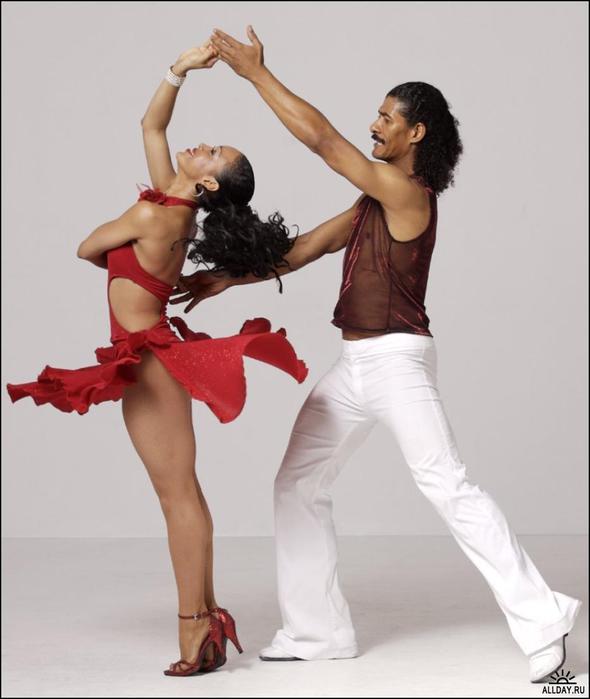 Lyrics reflect social aspects of life and can talk about love, sex, politics, humor, and everyday struggles. Romance tops it all, though, as Dominicans are as poetic as it gets.
Lyrics reflect social aspects of life and can talk about love, sex, politics, humor, and everyday struggles. Romance tops it all, though, as Dominicans are as poetic as it gets.
Merengue
Merengue is the national music and dance of the Dominican Republic and has become a word and worldwide genre that is synonymous with the country itself. Merengue is the essence of being Dominican: its instruments reflect the mixed heritage of the country: an accordion (European), a two-sided drum (African) placed on one’s lap, and a güira (Taíno), a sort of metal cylinder with holes, with a brush that is run up and down across its surface. The accordion was brought over by the Spanish, but it was later retuned to play merengue notes.
Some say the word originated during the colonial period, from African dances. Merengue’s 2/4 beat is danced as a couple and has an intoxicating rhythm that can range from moderately fast to really fast. That’s because there are various types of this genre. The folkloric, traditional kind is known as Perico ripiao or merengue típico. It is believed to have originated in the Cibao region (while others say it might have come from Cuban influences) at the end of the 19th century, and can be considered the “country music” of the DR.
That’s because there are various types of this genre. The folkloric, traditional kind is known as Perico ripiao or merengue típico. It is believed to have originated in the Cibao region (while others say it might have come from Cuban influences) at the end of the 19th century, and can be considered the “country music” of the DR.
One well-known, award-winning perico ripao performer is Facundo Peña, from the village of Guananico in the Puerto Plata province, birthplace of generations of merengue típico performers and instrument makers, still going today. If you’re lucky to be in this area in late November, contact the UMPC (tel. 809/696-6932, local tourism network for Puerto Plata)—for information on the annual merengue típico festival.
Ironically, merengue was rejected by the upper classes at first, considered as music of the masses with vulgar movements (the same was later considered of bachata). But Trujillo arrived and changed all of that, putting merengue on center stage any many of his events and parties.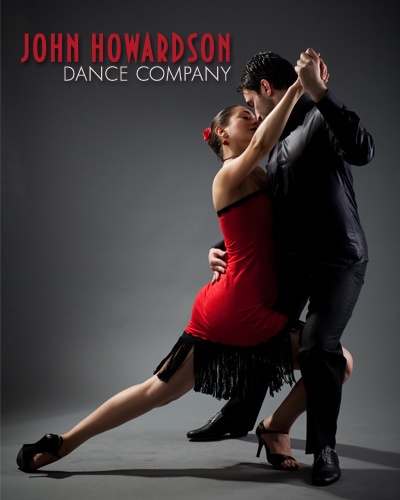
How do you dance the merengue? The man leads—holding the woman’s waist with the right hand—and the couple dances by swaying their hips sensually left and right, but without swinging the torso. They turn, step side to side occasionally, but never release hold of both hands—only one at times. If you’re a woman, your job is simply to follow the cues and keep swaying your hips while maintaining the steps and your posture. If anything, it’s a great workout. It’s relatively easy as well. You can take lessons in various parts of the country if you’d like to practice before you brave the dance floor.
Juan Luis Guerra, today one of the greatest Grammy-winning and world-renowned Latin artists, is perhaps the biggest merengue figure of the 1980s and 1990s. He took the genre and mixed it with the modern sounds of pop and jazz. One of his classic songs is Ojalá que llueva cafe (I wish it would rain coffee). Other typical merengue songs include La dueña del swing by Los Hermanos Rosario, Dominicano Soy by Fernando Villalona, and Vamo’ hablar inglés by Fefita La Grande.
While the younger generation is leaning toward a more modern merengue with guitars and saxophones or toward the “dancehall” version of Dominican music—known as dembow—merengue típico continues to be appreciated and to vibrate in the Cibao region’s cities and villages along the rancho típicos, as well as in the capital of Santo Domingo.
Bachata
Bachata grows more popular every year and was recently declared the national patrimony of the DR. Bachata is a more sensual, slow genre that was made popular among the working class for the longest time before it received fuller recognition. Bachata was influenced by the Cuban bolero, but originated in the DR and is unique to this country. It was looked down on by the upper class for a long time, considered the music of bars and brothels, with lyrics about romance, sex, and poverty. Plenty of double entendre (doble sentido) and sexual connotations are hallmarks of bachata, which took shape in the 1980s, and for this reason is culturally entrenched. It’s the music of love and heartbreak.
Plenty of double entendre (doble sentido) and sexual connotations are hallmarks of bachata, which took shape in the 1980s, and for this reason is culturally entrenched. It’s the music of love and heartbreak.
Instruments used in bachata, a three-step dance with a fourth tap step, are numerous: guitars (lead, electric bass, rhythm), bongos or drums, and the güira. The dance takes two partners, with the man leading as always. They stay close together when they move their hips, as if forming a square or box with their feet, then engage in a push and pull with the hands, depending on one’s style. Artists credited for taking bachata to the international stage are Juan Luis Guerra, with his album Bachata Rosa, and more recently, Romeo is blazing his way through the charts. Among other famous bachata artists are Aventura, Raulín Rodríguez, Frank Reyes, Anthony Santos, and Luis Vargas.
A dancer performing at a championship in the Caribbean. Photo © Anton Gvozdikov/123rf.
Other genres you’ll hear in the DR include salsa, son (especially in Santo Domingo), dembow, the popular reggaeton, and even Dominican jazz—often at the Dominican Republic Jazz Festival on the North Coast. A great way to experience all the various folkloric dances of the DR, in a historical timeline and one sitting, is to watch the two-hour performance by the Ballet Folklórico del Ministerio de Turismo. The group performs a free dance show, complete with live instruments, twice a week in the Colonial Zone (Fri. and Sat. starting at 7pm), by Plaza de España, and it goes over all of the dances and music of the DR—including African—in colorful costumes. You’ll even get to dance with the group members at the end.
For an album with a mix of merengue, bachata, and other Dominican genres, a good pick is Latin Hits 2015 Club Edition. For merengue típico, look up El Mero Merengue—Lo mejor del perico ripao (1995).
Related Travel Guide
Merengue - how to dance correctly
Merengue is one of the simplest social dances in Latin America. The rhythm and tempo of the music is quite fast, but at the same time, the movements are quite relaxed. Everyone who begins to memorize the basic merengue steps is puzzled - how to dance correctly. The most interesting thing is that beginners usually look at their feet or at their feet in order to do all the steps in the right order. The habit of looking at the floor is formed very quickly and is difficult to eradicate, and in meringue, eye-hand contact is very important. Knowing this, we decided to tell you how to dance correctly.
The rhythm and tempo of the music is quite fast, but at the same time, the movements are quite relaxed. Everyone who begins to memorize the basic merengue steps is puzzled - how to dance correctly. The most interesting thing is that beginners usually look at their feet or at their feet in order to do all the steps in the right order. The habit of looking at the floor is formed very quickly and is difficult to eradicate, and in meringue, eye-hand contact is very important. Knowing this, we decided to tell you how to dance correctly.
Correct lead: frame
In closed dances (partners are in a close position face to face) it is very important to maintain the correct position of the hands. It's called a "frame". The frame implies some tense construction of the partners' hands, which is maintained during the entire dance. In the closed position, the partner's elbow should be on top of the partner's elbow, while the girl puts her hand on the man's forearm or shoulder. Partners keep a straight line from elbow to wrist so that there are no "gaps" between their arms.
The frame must also be in an open position, the tension from the wrist to the elbow and from the elbow to the shoulder, as well as the precise fixation of the elbows, ensures the correct lead and guarantee that the partner will catch all the impulses and perform the element that is required of her. In order to correctly complete the closed frame, you must:
- stand straight;
- tighten the stomach and buttocks, stretch the top of the head up;
- spread your shoulders back;
- raise the right elbow;
- fix the right hand on the partner's right shoulder blade.
Practice and confidence
At first, many dancers have some uncertainty in their movements, fear of mistakes, embarrassment, discomfort from increased attention. Leading partners experience special stress, as the confidence of their impulses determines the entire course of the dance. We recommend a lot of practice, working out all the smallest elements, even when you are sure that you know them well.
Self-practice of movements in front of a mirror will help you get used to the look of your body during the dance, notice shortcomings and correct them. In addition, practice helps in the development of muscle memory, when the body, by inertia, executes commands given by music and brain impulses.
Dancer in the center and center in the dancer
Your body movements should start from the center of the body, not in the arms. Both leading and following start from the body, from the point of balance, and the hands only help to keep a stable connection with the partner and transmit signals. Perform balance exercises, for example, the “swallow”, known to many since childhood, will help develop coordination and learn to feel balance. Perfectly help to improve the coordination of the body exercises from yoga "for balance", for example, "tree pose" or "warrior pose".
Soft hands
When dancing, hand grip plays an important role. Insufficient grip and sluggish "pasta" fingers not only look ugly, but also contribute to breaking the pair's bond during turns and movements with strong inertia. The grip of the hands must be strong, but at the same time soft and plastic, otherwise, by “grabbing” your partner, you will not only not be able to give him a signal, but both will feel discomfort and tension.
The grip of the hands must be strong, but at the same time soft and plastic, otherwise, by “grabbing” your partner, you will not only not be able to give him a signal, but both will feel discomfort and tension.
General rhythm
Beginning couples who are just learning how to dance merengue correctly often have the problem of a mismatch in rhythm. A fraction of a second and outwardly you are still dancing together, but inwardly you feel an unpleasant vibration. The internal rhythms of different people sound different, but when dancing to merengue music, it is important to find the general heartbeat of the dance.
Where to start learning the merengue dance
The incendiary merengue is sometimes called rock and roll among Latin American dances. The social version of this dance is still very popular, despite the existence of salsa, which absorbed the best movements performed to Latin American music. In merengue, the simplicity of learning and the groovy rhythm captivate. For those who decide to get to know each other better, we will tell you how to start learning the merengue dance.
For those who decide to get to know each other better, we will tell you how to start learning the merengue dance.
Studying the medical record
Before you start learning the basic steps of merengue, flip through your medical history. People who have had cancer are not recommended to learn this dance. Dancing is also contraindicated in chronic radiculitis, neuralgia, pinching, arthrosis and arthritis, tumors, inflammatory processes, diseases of the lymphatic and hormonal systems. Merengue is a mobile dance, so if you have any problems with your feet (spurs, adhesions, etc.), refrain from practicing.
Basic steps
The basic merengue step is simply called "march". It is performed for each count in the dance (and there are eight of them) and really resembles a march, but only very exotic in the Latin style. The initial mastering of this step will take you 15-20 minutes, then you can move on, for example, to “rock step”. We remind you that even simple basic steps need to be worked out for 10-15 minutes each session in order to form muscle memory.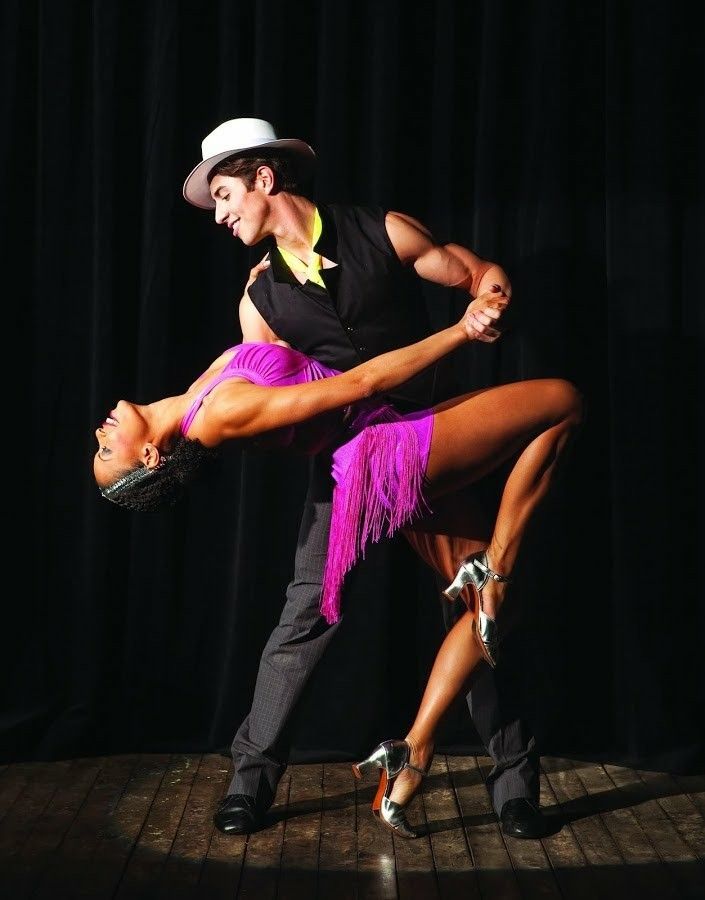 The march will again be needed when learning simple turns, so do not neglect it. You can find a complete cycle of merengue basic steps on our website. They will come in handy for you to develop technique, even if you get all the basic information in the club from your instructor.
The march will again be needed when learning simple turns, so do not neglect it. You can find a complete cycle of merengue basic steps on our website. They will come in handy for you to develop technique, even if you get all the basic information in the club from your instructor.
Choice of motivation
The most important thing in learning to dance is the right motivation. It is the spark of desire that brings one to practice. It will be easy to maintain interest in merengue at first, but the more you dance, the closer your goal will be to be able to dance merengue. As soon as you reach it, interest in classes may disappear. Therefore, we recommend that from the very beginning of training, come up with such a motivation or goal that will keep you interested in dancing for a long time (otherwise, all your work will be in vain when your need to dance evaporates).
Like-minded people and accomplices
Learning to dance merengue is more interesting and faster in a group of like-minded people.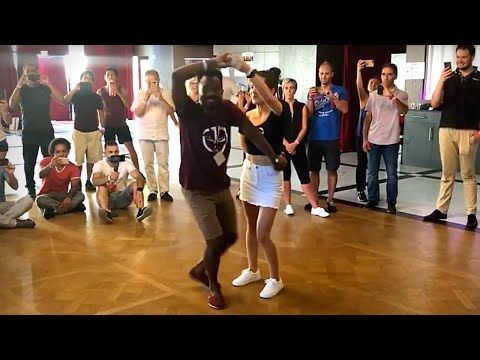 Just starting to go to class or learning the basic steps at home from video tutorials, many people feel some form of loneliness. As a result, laziness appears, flowing into skipping classes. The thing is that we were brought up in a collective environment and poorly accustomed to doing something on our own. On the other hand, joint training with friends creates the effect of collective activity.
Just starting to go to class or learning the basic steps at home from video tutorials, many people feel some form of loneliness. As a result, laziness appears, flowing into skipping classes. The thing is that we were brought up in a collective environment and poorly accustomed to doing something on our own. On the other hand, joint training with friends creates the effect of collective activity.
Home practice and improvisation
If in doubt, start learning merengue at home, on your own or with a partner. After a while, you can try attending a Latin dance party or a local merengue evening. It is especially worth going to such an evening if you have not yet found a partner. Such events are held in all cities where there are schools of Latin American dances.
If you are already practicing merengue in some of the dance clubs, improvising at home to merengue hits will help you loosen up and improve your technique. At the beginning of training, it is better to spend at least 10 minutes improvising at home every day (that's 1-2 songs) and you will notice that you dance much better than many in your group.


